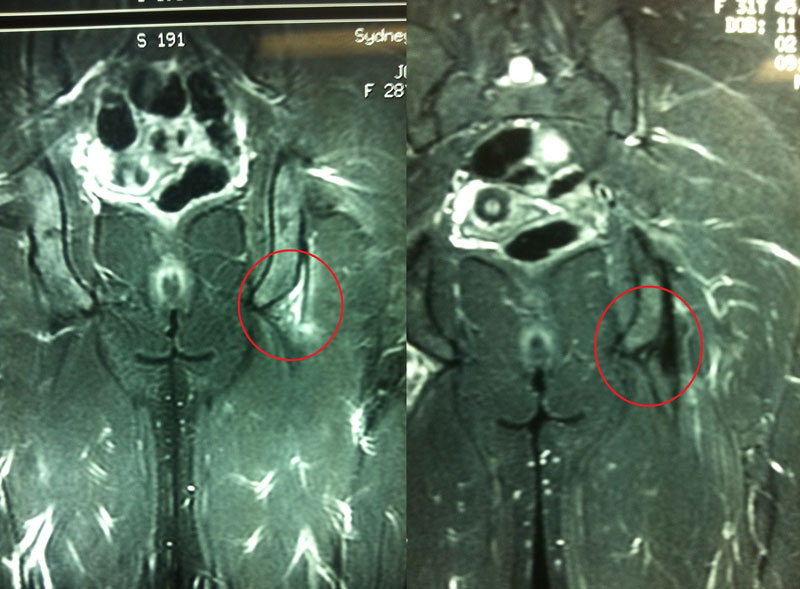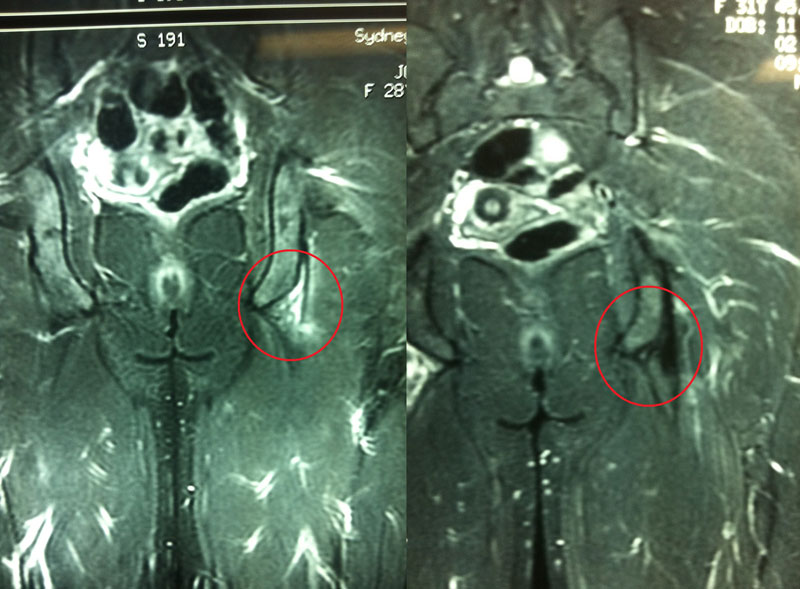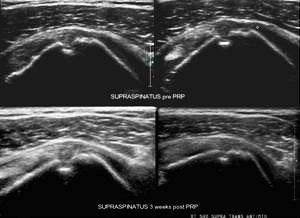02 9231 0102
Park House Level 3, 187 Macquarie St Sydney NSW 2000
Platelet Rich Plasma Injections
www.prpinjection.com.auWhat is PRP?
Autologous platelet rich plasma (PRP) injections were first used in 1987 in open heart surgery. Today, PRP injections have been safely used in many fields including sports medicine, orthopaedics, cosmetics, fasciomaxillary and urology.Blood contains plasma, red blood cells, white blood cells and platelets. Platelets are small discoid cells with a life span of about 7-10 days. Inside platelets contain granules which contain clotting and growth factors. During the healing process, the platelets are activated and aggregate together. They then release the granules which contain growth factors which stimulate the inflammatory cascade and healing process
Blood typically contains 6% platelets whereas PRP has a significantly increased supra-physiological platelet concentration. Although this level can vary depending on the method of extraction and equipment, studies have shown that clinical benefit can be obtained if the PRP used has an increased platelet concentration of 4x greater than normal blood.
Read more about why total platelet dose matters >>
Read more about comparing PRP with Corticosteroids and Hyaluronic Acid (HA) >>
Hamstring origin tear in dancer
Treated with PRP.
MRI performed at 3 year follow up shows no evidence of prior tearing and complete structural integrity.

Click to enlarge

What injuries may be treated with PRP?
Platelet rich plasma injections (PRP injections) can be used in the treatment of many musculoskeletal injuries including that of tendons, muscles and joints.
Typically 2 or more injections are required, separated by 4-6 weeks apart. This may vary dependant on your injury.
The image to the right shows ultrasound views demonstrating the healing of a supraspinatus injury using PRP injection.

Shoulder ultrasound pre and post PRP injection
Where can I get more information about PRP?
Visit www.prpinjection.com.au. This patient education website was developed by the doctors at Sydney Sportsmed Specialists. It includes a step by step guide to the procedure and links to medical research articles on platelet rich plasma injections.
PRP in the news
The Blood Injections That Might Transform Orthopedics - By David Kohn, The New Yorker
NOVEMBER 14, 2013
" Dozens of studies, some in cells, some in animals, and some in humans, have found that the procedure can repair chronic tendon injuries, heal damaged muscles and ligaments, and reduce arthritis pain."
Read the full article here
Park House Level 3
187 Macquarie St
Sydney NSW 2000
187 Macquarie St
Sydney NSW 2000



